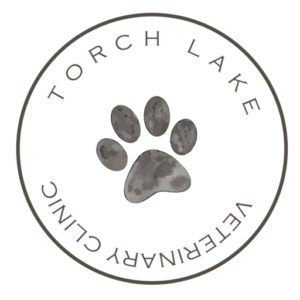Library
-
The Nova Scotia Duck Tolling Retriever, affectionately called a Toller by her fans, is a recent addition to American Kennel Club activities. A high-energy dog, the are affectionate and outgoing.
-
Although some dogs like to run free more than others, all dogs need to be trained so they will respond when they are off leash. Dogs instinctively want to explore new sights, sounds, and smells so it's important to teach them to return to home base. Start by teaching your dog basic verbal commands without the tug of a leash at home. When your dog becomes proficient close to home or in confined areas, you can both venture out further or add more distractions. Incorporating off-leash training into ordinary daily activities reinforces the learning. Your dog's response may be enhanced if he receives a reward for his prompt attention. The reward can be as simple as a “Good dog!” accompanied by a pat on the head, a treat, or toy. Be careful not to create a dependency on treats as motivation for good behavior.
-
Well-bred Old English Sheepdogs are placid, adaptable individuals who are loving and loyal to their chosen people. These big, lovable dogs can be just the ticket for active households whose members do not mind spending a lot of time tending the tresses of their canine companions.
-
Nobody has ever accused the Otterhound of primping and preening. She is a come-as-you-are kind of dog, with casual good looks and a laid-back personality.
-
Ferrets are generally good-natured, inquisitive, playful animals that enjoy the company of humans. They can make great pets! This handout provides some basic facts about ferrets and what you need to know about keeping one as a pet.
-
With its big fringed ears flowing in the breeze like pretty wings, it is easy to see why the Papillon is named after a butterfly, but the Pap also has the lightness, grace, and delicate beauty of its winged namesake.
-
The Parson Russell Terrier, or PRT, epitomizes feistiness. He is confident, fearless, alert, and happy. His liveliness can be a lot of fun in an active household with experienced dog owners.
-
The Pekingese will worship you, but they won't admit it. They'd rather have you believe they run things and have their own perfectly intelligent ideas.
-
Pembroke Welsh Corgis are not lap dogs - they are highly intelligent, decision-making, highly active, outgoing cattle dogs and tend to be dominant. They love being with their family in all activities including long walks and car trips.
-
Barking in Dogs
Una de las quejas más frecuentes de los propietarios y de los vecinos es que el perro ladra demasiado. No obstante, ladrar es natural en el perro y sirve como señal de alarma y de advertencia. Algunos animales también pueden ladrar cuando se separan del grupo o de la familia, así como en momentos de indecisión, ansiedad o frustración.


